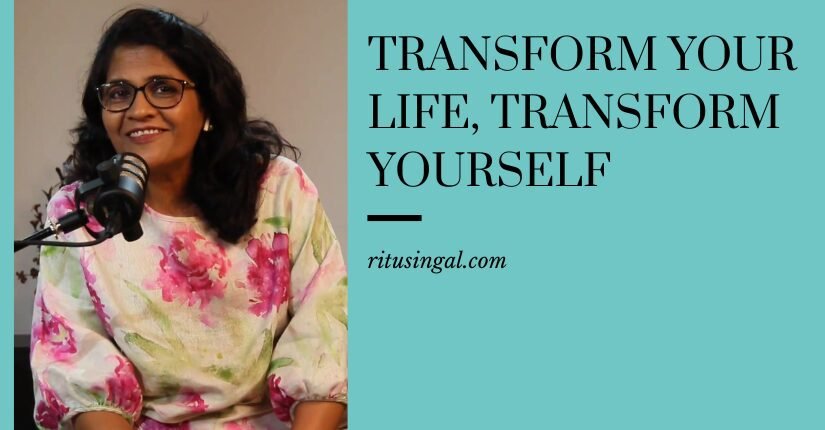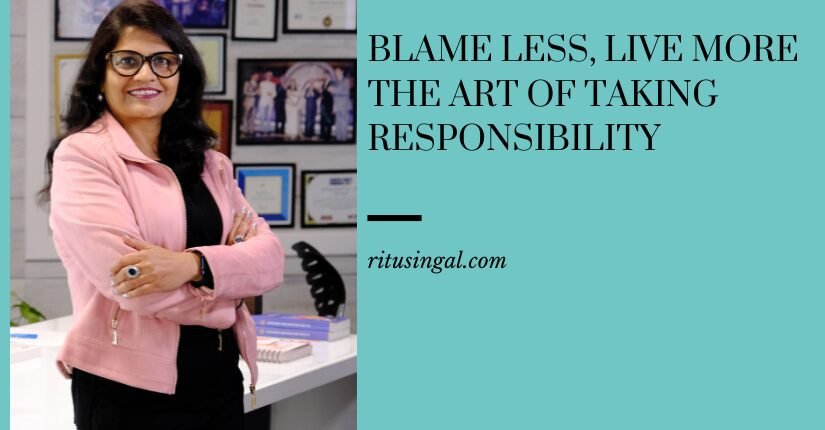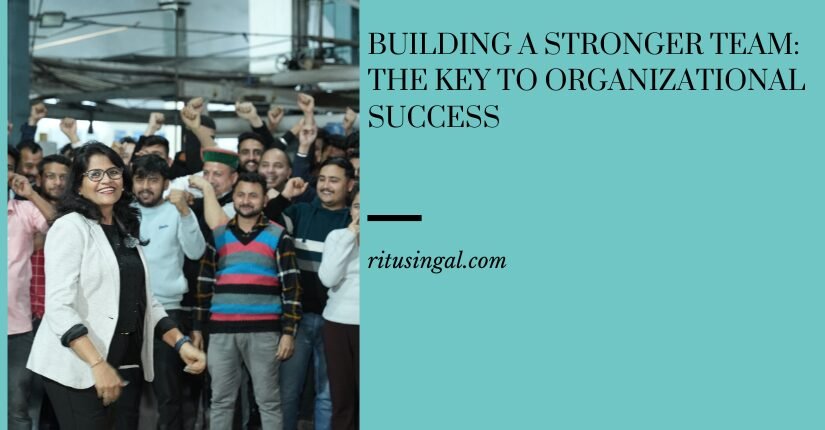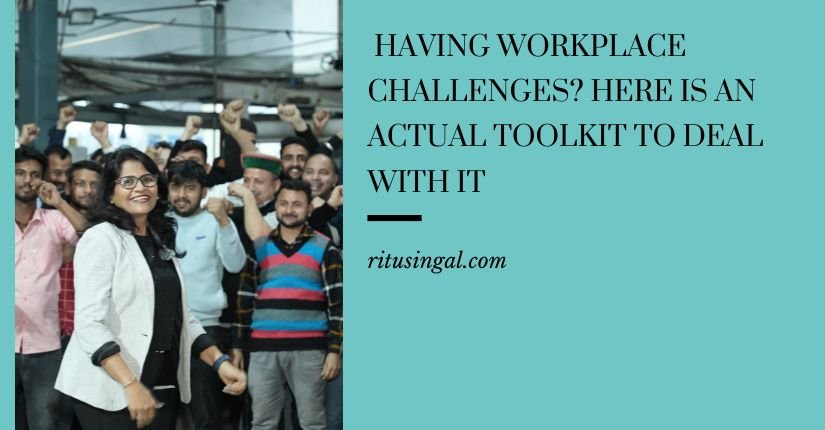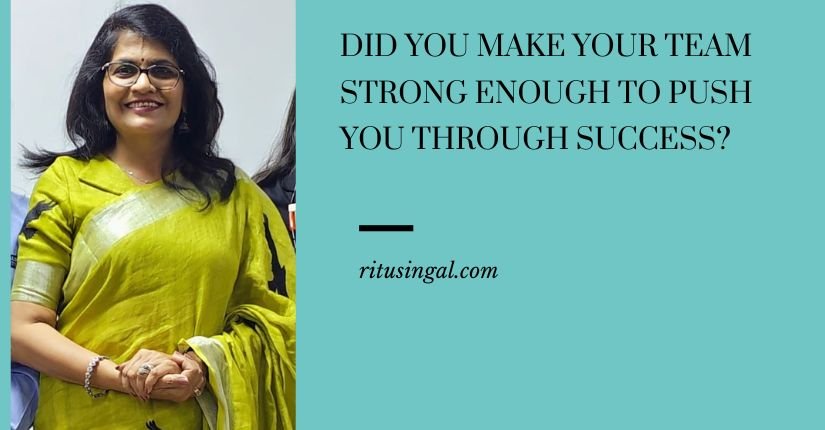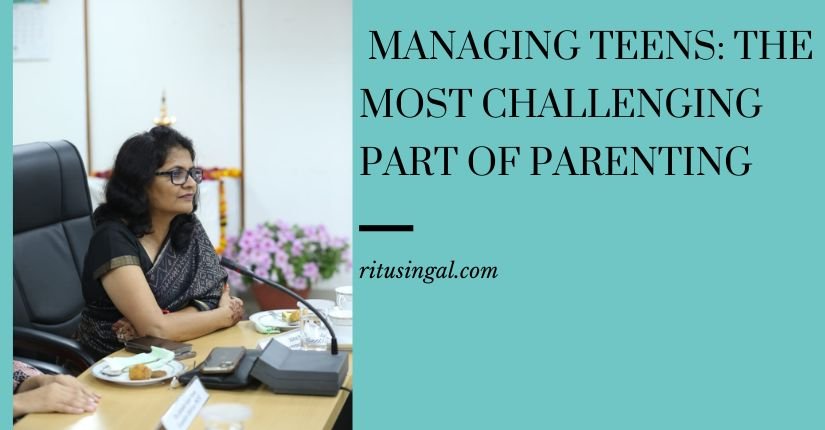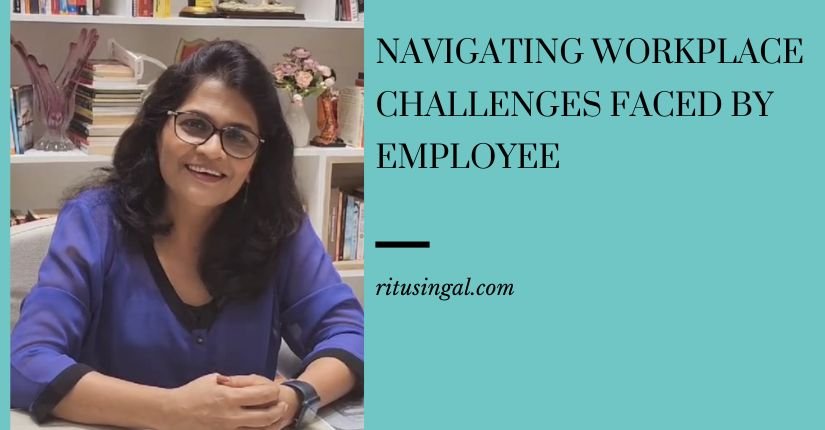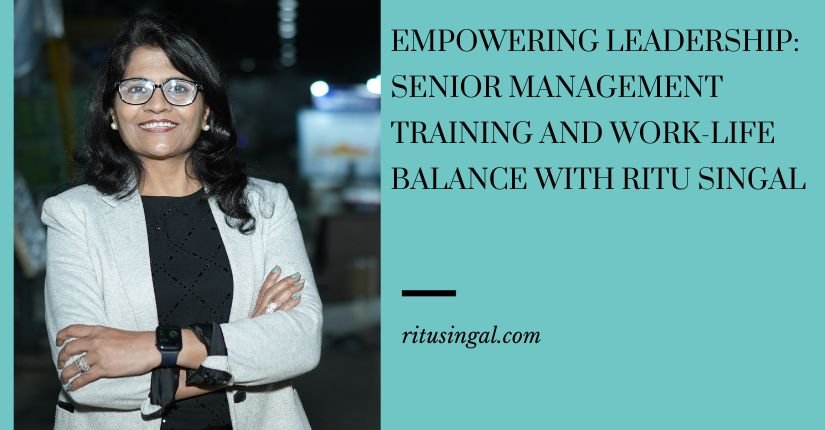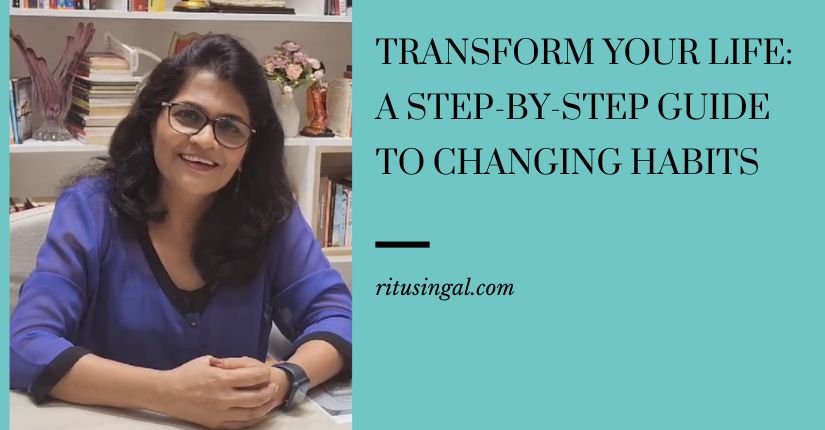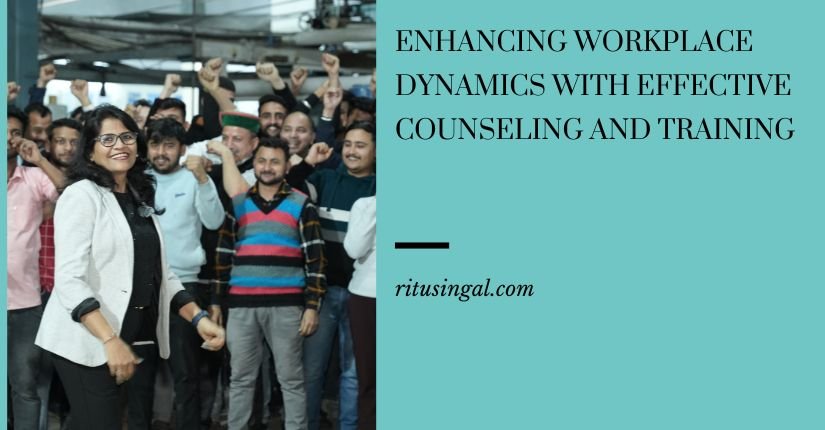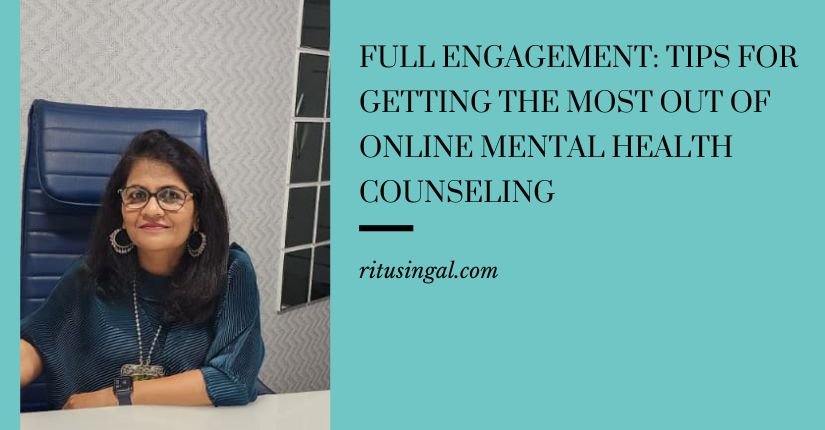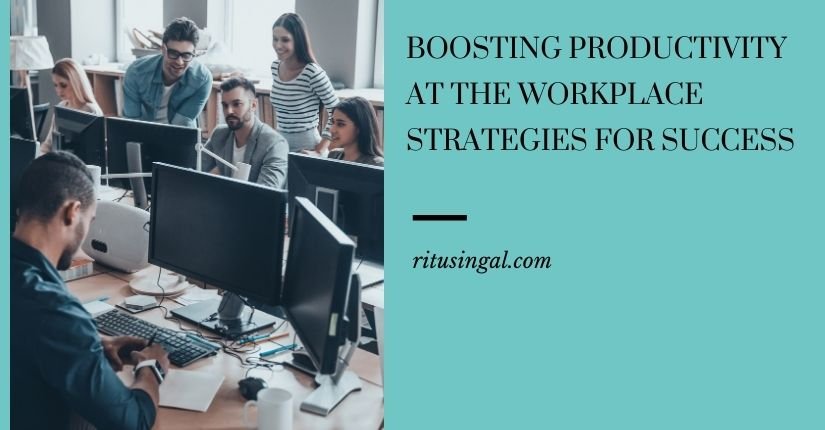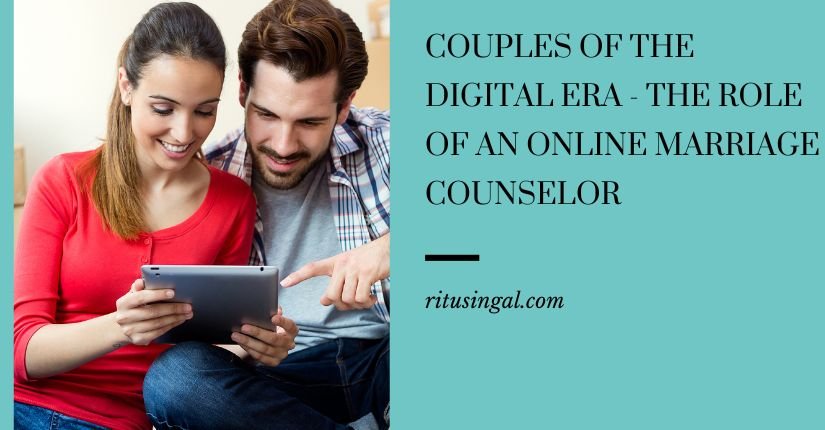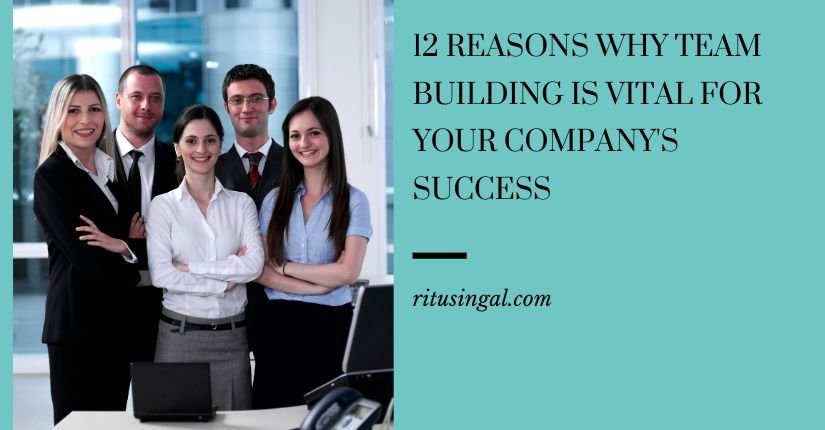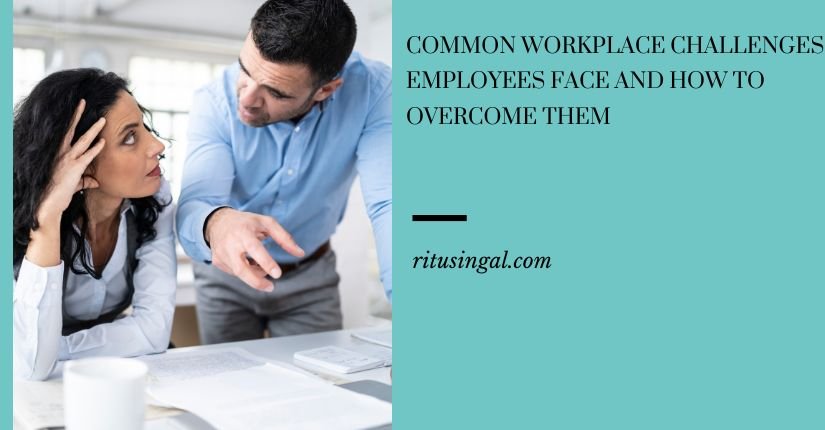Few will deny that the little, almost invisible mass of chemicals that travelled from Wuhan to the rest of the world in December, 2020 has done to us what nothing else could. It has toppled the world’s apple cart in every which manner – the way we work, live, move, eat, enjoy and sleep. There may not be any aspect of life hitherto untouched by the virus.
Our entire way of interacting with the world around us, people included, has changed substantially and some would say, even, irreversibly. Any which way you look at it, it’s going to take really long for us to expect any re-run of the pre-Corona life. We have seen (or rather, have been forced to) a drastic change in our priorities as human beings and consumers. The stuff that looked indispensable yesterday – exhibitions, trips to the malls, multiplex movies, conferences, pubs, discos, gyms – looks no more “essential” in a world of social distancing. At a very basic level, these drastic changes not only expose the hollowness of human perception vis a vis day to day life, it also proves that humans are the real beasts – they can change, adapt and mould themselves endlessly in myriad ways, should the occasion arise.
More importantly, COVID-19 is only symptomatic of even more planetary crises coming up. It only reflects a broader trend of more such planetary crises like climate change coming. Trying to navigate each new crisis using the same economic model which brought us here, will bring future shocks beyond the capacity of governments, institutions and crisis managers to handle. Indeed, the epidemic has tested and tragically exposed the woefully limited capacities of governments in making effective intervention to help save and run people’s lives. Many experts opine that human future will be defined not by a single emergency but by many of them; separate yet related ones coming from our failure to live a sustainable life. By over-milking the Earth’s resources faster than they can be restored, and by spoiling it faster than we can clean it up, we have long been readying ourselves for a disaster of this kind.
All sensible governments that have successfully contained epidemics swear by the mantra “Follow the science and prepare for the future.” But rather than simply reacting to disasters, we can actually use science to design economies that can help us mitigate the dangers of climate change, loss of biodiversity and pandemics. For that to happen, we need to invest in what really matters to lay the foundation for a green, circular economy rooted in natural solutions and designed for public good.
As we said earlier, the COVID-19 crisis has taught us that it’s possible to make transformational changes overnight. Suddenly, we have a different world with a different economy. While all governments are rushing to protect their citizens medically and economically, there is also a strong case for using this crisis to herald systemic global changes.
From here on, each business will take its own path, with some of reducing or retiring some specific activities. In contrast, others could re-scale themselves or could return to their pre-pandemic baselines.
Rebuild, Re-launch, Reignite
As a businessman, if you’re waiting for things to return to normal, you’re waiting to shut your business. You have to reset your business for the new reality, which means you need to understand the new problems your pre-corona customers now face, and rebuild your business to service them. To rebuild, re-launch, reignite our business, we need to thoroughly analyze the whats and whys of this phenomenon. These strategies can be categorized into
- Red
To be used during a lockdown. They are all about resetting your business. For example, businesses in computing found there are not enough laptops in South Africa to meet the demand for remote working. So they can explore the possibility of bringing them in as new essential resources.
- Amber
The 3 to 6 months post-lockdown. In this period, you need to turn the learning into a rebuilt business.
For instance, an automobile dealer and a rubber maker can think of digitizing the outbound sales work to ensure a contactless transaction.
- Green
Once you understand what clicks, it’s time to reignite growth.
For example, a restaurateur can think of designing physical distancing solutions to be implemented.
In the entire process, being positive is crucial. Keeping up the right mindset, regardless of your circumstances, will give positive outcomes.
C for Crisis, C for Change
The point is hardly about escaping such crises- many of them are inevitable and beyond human control. Instead, we need to talk about using a crisis to reset a business to become relevant, rebuild and reignite it to accelerate growth by harnessing the change and the opportunities it brings in its wake.
Humans are, by nature, resilient. If we learn from our failures, we can build a future better than the one in store for us. We can embrace this tumultuous moment as an opportunity to invest in resilience, shared prosperity, well-being, and health.
Rebuild, Re-launch, Reignite -Simplified
A crisis means distress, dilemmas and devastation but it also means an opportunity to re-examine the way we have been running our lives thus far and to make a change, if required. And for a business owner, every change can actually translate into opportunity, if handled well. Well, we all know someone personally, who had to shut his shop, restaurant or factory thanks to COVID- 19. It may sound brutal to say that there’s nothing new about a crisis wiping out a business but it’s a hard reality. The pandemic has been more akin to the loss of a prominent client, a war breaking out or one’s product losing market relevance.
In a crisis, we always have two options – step forward and take it by the horns to pioneer the inescapable change it brings or retreat into safety, waiting for its impact to unfold on you. In the next few paragraphs, we’ll talk about some practical, actionable insights and tactics to help you tackle any such business crisis.
- When you would like to reopen a business lying temporarily closed for any reason, you need to do a bit of careful planning. Now if you had to shut your business as it had failed, it’s always advisable to look at not repeating the mistakes, which had led to its closure in the first place.
The business could have faced a closure owing to multiple causes e.g. a badly designed product, poor pricing strategies, faulty business location, poor customer service etc. etc. Now is the time to bring your entire business under the microscope and look for possible reasons why it had to shut down.
Stage 1: Identifying the business model
We can begin by identifying the core customer base essential to our business and then expand it to value propositions, capabilities and financial models. As a case in point, think of
- Customers
Who are our key customers and what are their major demographic characteristics e.g. age, disposable incomes, aspirations, lifestyle etc.? Obviously, if you are aiming to launch a new car in the market for a certain age group, it would be of immense help to know the kind of customers you are targeting. Designing a car for successful top executives is going to be a task entirely different from conceptualizing a car for a first-time, young car driver.
- Value
What can we offer them in fulfillment of their major needs? Alternatively, what are the benefits our product/ service offering them? Taking the car example further, do we plan to focus on the safety element (you do when are selling family cars) or the thrill factor (young drivers value it) or the fuel economy angle?
- Competencies
Ensuring that we have an ecosystem sufficiently competent to deliver the value proposition can be of utmost importance. Launching a smartphone that drains out in hours in an area where power supply is a constant problem can be a poor value idea. Similarly, thinking of launching an electric vehicle in an area where there are no charging stations available, can be a non-starter.
- Financial Models
What are the kinds of revenue models we use for our core customers?
- Re-entry
Re-entering the market with a redone business plan to address the problems previously encountered and how we will overcome them. Did we learn anything from our mistakes?
The process of a restart can be dicey and expensive, too. Many of our customers may have moved on, our vendors may refuse to offer credit facilities, and our bankers may not be as helpful this time if the first business had failed. We need to reignite our network and rebuild our relationship with the business fraternity.
Consider the alternative scene: Suppose your business was doing great before. In this case, too, you just can’t simply jump into it. In the meantime it was closed, your customers may have found another product/ service supplier. Now how you approach this restart will depend on how for long your business was shut and how your market has evolved. For instance, if your re-launch is happening after a short break and you had told your customers of your return, you might hope to resume your business rather fast. But to be on the safer side, if it was closed for more than a few months, it’s better to think of your business as a startup.
The 4 Old Ps
Every business’s four P’s are paramount i.e. Product, Price, Promotion, and Placement. We need to tabulate how our competitors are handling each of them and where we would like to see ourselves in the market. And in the process, we may have to make substantial changes in the original business plan to compete well in the market. After all, a market is an extremely dynamic place and we need to know many things e.g. Do sufficient numbers of consumers exist now for our products? How do we plan to reach them? Informing former customers about our return to business through e-mails, Casebook posts, WhatsApp messages etc is a given.
In nutshell, the most important thing to do while restarting a closed business is looking at the entire operation with a fresh viewpoint. Of course, the fact that many businessmen faced multiple failures and closures before finding success, will help you firm up your steps.
The Pandemic Response
Experts see the pandemic response in three phases, with their duration varying by country, industry and business or even product and service. These phases are defined mainly by what happens at each stage:
Response in the Short Run
Immediate activities centered on ensuring people’s safety and continuation of essential business functions. The period is marked by tremendous efforts and chaotic activity. Some of the relevant activities can be:
- Temporary solutions to stop financial bleeding
- Recovery from the shock
- Organized efforts to stabilize operations.
Response in the Medium Run
Some relevant activities here can be:
- Create a plan to restore a scalable state.
- Pinpoint the capabilities you may want to consolidate i.e. re-opening, re-hiring, re-budgeting
Renewal Post the Pandemic
- Long period marked by strategic, durable execution in the organization.
Some relevant activities can be:
- Learning to conduct processes in new, scalable ways.
- Using the lessons learnt and emerging patterns from prior phases to gather around a new foundation to move forward.
Until the entire global population is fully vaccinated, any rebound in business could be followed by another round of response, recover and renew. Hence, the imperative need to absorb lessons learnt quickly to build sustainable changes in business models.
But before it happens, we need to find out exactly where and how the crisis began and broke our existing business models and where the consequent risks and opportunities lie.



